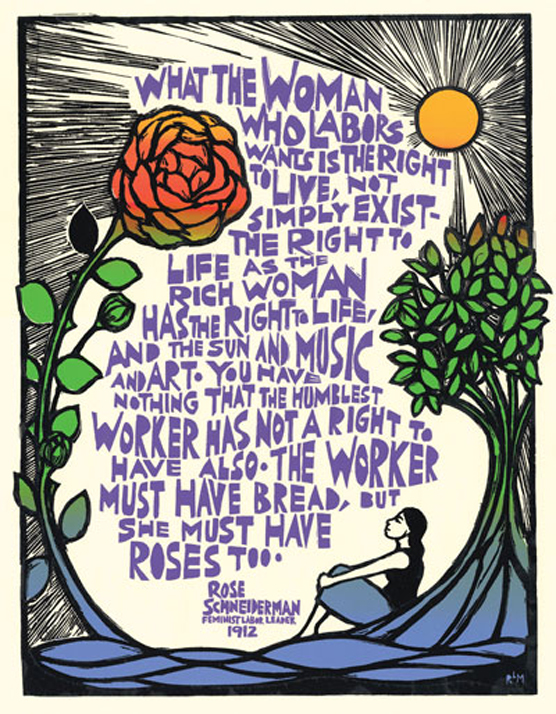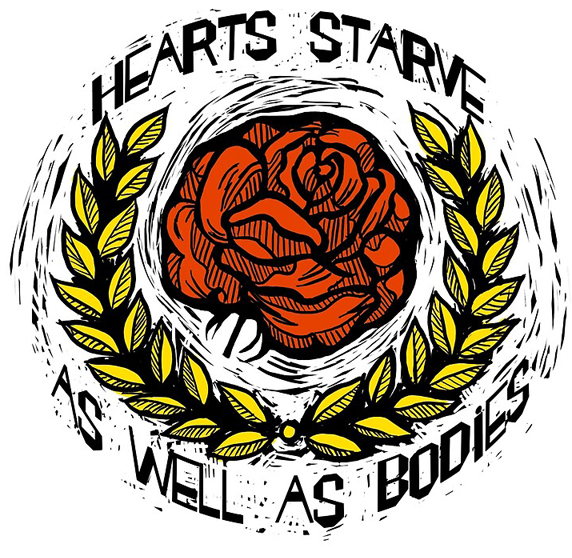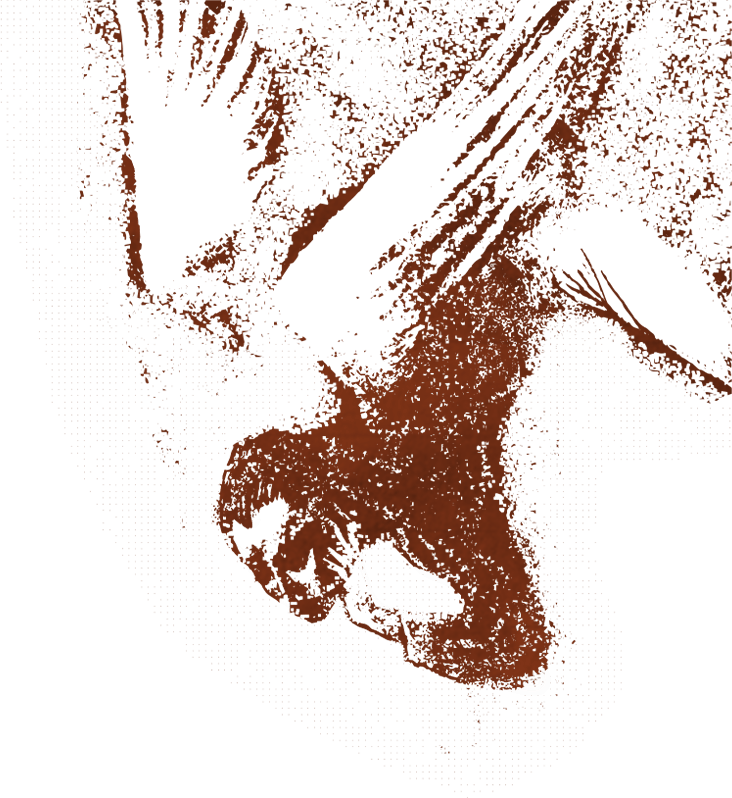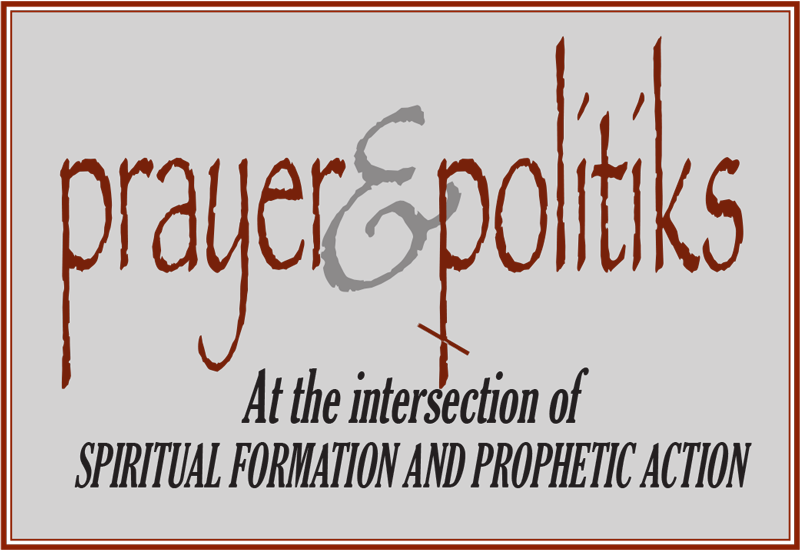by Ken Sehested
My primary Labor Day memory comes from seminary days. I was assistant pastor at a church in New York City [Think: Typing a stencil and mimeographing the Sunday worship bulletin, etc., etc.], and for several years running I was the designated preacher on Labor Day weekend. The congregation shrank to 8-10 people that Sunday, given the New Yorker tradition of leaving  town in August, returning on September’s first Monday evening.
town in August, returning on September’s first Monday evening.
Right: Art by Ricardo Levins Morales https://www.rlmartstudio.com
My favorite Labor Day tradition (unfortunately cancelled this year) is also a churchly affair. Members of my congregation hike in the Black Mountains east of Asheville, then convene under a picnic shelter in a nearby park for a leisurely, intergenerational potluck dinner and conversation, with plenty of playground equipment and a gentle stream for wading.
Picnics and discount sell-ebrations are synonymous with Labor Day, along with the cheap sentiments of Presidential Labor Day Proclamations. The latter’s sanctimony this year is dramatized by the wretched statistics of how the pandemic is disproportionately affecting low-age earners. More than 90% of the jobs cut during the pandemic have been from restaurants and other hospitality industries.
The stock market, on the other hand, is in record setting territory. The ruthlessness of income inequality could not be more pronounced.
“Woe to him who builds his house by unrighteousness
and his upper rooms by injustice; who makes his neighbors
work for nothing, and does not give them their wages.”
—Jeremiah 22:13
I never think of Labor Day without humming the song “Bread and Roses.” Food is essential to life; but so, too, is beauty.
The history of the song “Bread and Roses” lifts in relief the struggle—sometimes deadly—of working men and women who have faced threats and armed suppression of strikers demanding living wages and humane working conditions.
As the great abolitionist Frederick Douglass wrote, “[E]xperience demonstrates that there may be a slavery of wages only a little less galling and crushing in its effects than chattel slavery, and that this slavery of wages must go down with the other."
“Then will I draw near to you for judgment, against those
who oppress the hired workers in their wages.”
—Malachi 3:5
The phrase “bread and roses” is thought to have originated in Russia, but it gained currency in the  early 20th century from two women, both activists in the women’s suffrage and labor organizing movements: Rose Schneiderman and Helen Todd. In 1911 James Oppenheim composed the lyrics to the song by the name; the music was composed in 1974 by Mimi Fariña.
early 20th century from two women, both activists in the women’s suffrage and labor organizing movements: Rose Schneiderman and Helen Todd. In 1911 James Oppenheim composed the lyrics to the song by the name; the music was composed in 1974 by Mimi Fariña.
The song is associated with the January-March 1912 Lawrence Textile Strike. Responding to Massachusetts labor law that shortened the work week for women and children from 56 to 54 hours, the Lawrence mills reduced pay of its workers proportionately. When one of them, Anna LoPizzo was killed by a policeman during a protest, it galvanized a strike of some 20,000 women.
The strike is remarkable for many reasons, one of them being the fact that the Lawrence textile workforce was composed of immigrant women from more than 40 countries who rose above their cultural, ethnic, and linguistic differences to act in common defiance. By the end of their strike, 275,000 textile workers throughout the state were granted higher wages and better working conditions.
“Listen! The wages of the laborers who mowed your fields,
which you kept back by fraud, cry out, and the cries of the
harvesters have reached the ears of the Lord of hosts.”
—James 5:4
This Labor Day, spend a few minutes learning about the disruptive, injurious history which made our picnics possible. And pledge yourself to finding some way, however small, to remain vigilant on behalf of neighbors who still struggle both for labor’s bread and lovers’ roses.
# # #

